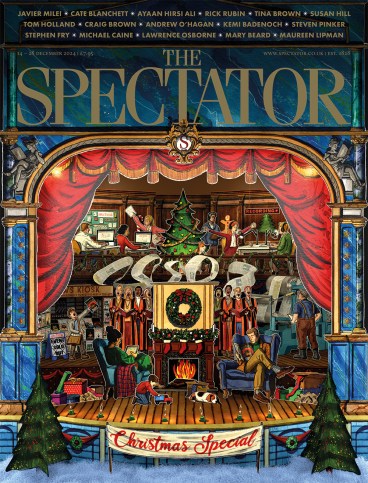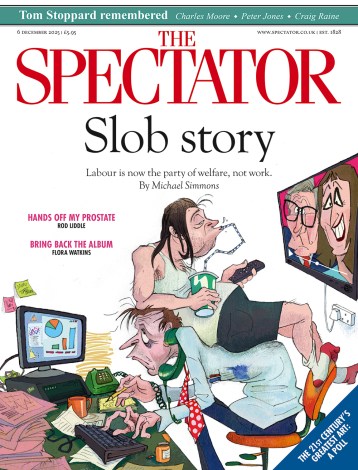
You didn’t want to approach Davy Russell before a race. He spurned selfies with owners and didn’t talk to the lad or lass leading up because he was ‘in the zone’ – his mind focused totally on the race ahead. Yes, in Davy Russell: My Autobiography (Eriu, £20), written with the knowledgeable Donn McClean, we get the stories of his two Grand National victories on Tiger Roll, his Gold Cup success on Lord Windermere and his years as Ireland’s champion jockey. But it is his reflections on race-riding which make it my racing read of the year.
Homework would have been done – Ruby’s horse goes forward, Barry’s horse jumps to the left, Paul’s horse might not stay: ‘You know in your head what you want to do but you also have all the information so that you can change as things change around you. You do it by instinct because you have all the knowledge. You have to react quickly. If you have to think about things before you can decide what to do it’s too late. The opportunity is gone. The race is over.’
For me, Davy was as good a Cheltenham jockey as we’ve ever seen. His was a quiet style, not pushing all the way but ‘trying to convince a horse he wanted to run for me’. ‘I wasn’t riding to be seen to be trying to achieve the best possible position. I was riding to actually try to achieve the best possible position… You burst the horse, you run out of petrol, he won’t finish. Best to give him a chance, wait until you feel the power coming back, then get him going. Hope that when the power comes back you have enough time to pick up at least some of the pieces, to get the horse to run on to pass a few of your rivals, sometimes even all your rivals.’
The quiet style bothered Eddie and Michael O’Leary, of the powerful Giggins-town Stud operation, to the extent that at one stage they dispensed with Davy’s services. Michael didn’t like him getting too light either, and maybe had a point. Desperate for rides when they dropped him, Davy worked off the pounds – at a price: ‘I was constantly hungry and continually cranky.’ So much so that when Danny Mullins baulked him in a race, as they were coming up the chute afterwards, Davy clocked him, bringing a flood of blood from Mullins’s nose. When the stewards called them in, Danny’s version was: ‘Ah, my horse’s head came up, sir, and smacked me in the face.’ It takes a lot to penetrate weighing-room camaraderie.
Matt Sheppard sees racing from a different angle. In Confessions of a Slow Two- Miler (Weatherbys, £15), he declares wryly: ‘My job description is “Racehorse Trainer’” because “Miracle Worker” doesn’t feature anywhere in a dropdown menu box.’
There were days as an assistant with the indomitable Mercy Rimell, who declared of his efforts on a reluctant juvenile hurdler, ‘Matthew, you were riding like a dog fucking a box of nails’, and as head lad in Ireland to Arthur Moore, attending a point-to-point to find one of the yard’s horses listed as being trained by the owner walking round before a potential coup with straw in its tail, a lead rope made of broken lunging rein and a ropey old sweat sheet.
Since 1993 Matt has been training a small but successful string at Eastnor in Herefordshire. There are no megabucks owners buying horses for six figures: he has to make do with reviving ready-made horses discarded by bigger operations: ‘Dreaming of training lots of nice young horses to win novice hurdles is fantasy for someone like me… but it is very satisfying to train a moderate animal to win a race for some nice owners and make them smile.’ The trouble is that you then get sent more moderate cheap horses.
Matt has a good ear for an anecdote: ‘Eating and drinking is only a habit,’ said Jim Bolger to a jockey with a weight problem. ‘Will all the fallen women please report to the doctor,’ the tannoy blared after a point-to-point ladies’ race had left many empty saddles. More seriously, the sheer practicalities of his advice on sore shins, stable economics and owner-handling should be required reading for young would-be trainers.

For sheer delight, though, don’t miss my favourite annual, the always elegant Bloodstock Notebook (bloodstocknotebook.com, £20). A highlight this year is a studio visit to Charles Church, the Stubbs of our day, in demand to paint the world’s best racehorses. ‘The worst thing anybody can say to me,’ he declares, ‘is “God, it looks like a photograph.”’ Unlike some trainers, Church won’t let owners tell him what to do with their horse: ‘When you commission an artist you really do hand over the reins.’
Bloodstock agents now pick Church’s brains seeking the attributes of champions: ‘Ninety per cent have that domineering look and they put it on for you.’








Comments